 YORK, S.C. (AP) _ A graveyard in the woods at Allison Creek Presbyterian Church gives Fred Woody an “eerie feeling.'' “Your roots are here,'' he said, after his first visit to where area slaves and their descendants were buried.
YORK, S.C. (AP) _ A graveyard in the woods at Allison Creek Presbyterian Church gives Fred Woody an “eerie feeling.'' “Your roots are here,'' he said, after his first visit to where area slaves and their descendants were buried.
On a Wednesday, Woody toured the graveyard which lies about a hundred feet from S.C. 274 and just a short walk through the woods from Allison Creek's cemetery where names are clearly inscribed on granite and marble.
For 15 years, Woody, who grew up in York County, has known about the graveyard. A friend said he used to play there as a child. That friend offered to bring him out, but they haven't gotten around to it.
Along with his pastor, Rev. Thelma Gordon of Liberty Hill AME Zion Church and Marvene Coleman of Union Baptist Church, Woody took his time exploring the graveyard, reading 14 out of a few hundred headstones with names inscribed.
The rest are marked only by blank, jagged fieldstones and ornaments resembling crosses or flowers, added after George Meyer, a retired engineer and Allison Creek congregation member, made it possible for the graveyard to receive visitors.
A path built by the Boy Scouts now encircles the 2-acre graveyard, where hundreds of depressions are visible under a blanket of leaves and periwinkle.
Using a GPS device, Meyer mapped out the graves, which appear in five distinct areas.
The only clue to who's buried there are the 14 headstones inscribed with surnames.
Those names, Meyer and McGregor believe, are linked to members of Union Baptist, New Home AME Zion and Liberty Hill AME Zion churches.
Woody got down on his hands and knees and scooped leaves away from one stone's pocked surface, sunken and drooping forward.
It read “Sacred to the memory of'' Aigie Steele, who died in 1850.
“That's history right there!'' Woody exclaimed.
`A new beginning'
The graveyard was a part of the Clay Hill community near the historic Hill's Iron Works. The iron works employed many slaves, said Michael Scoggins, an historian with York County's Culture and Heritage Museums. Though the iron works closed in the 1820s, the community remained.
For years people have known about the graveyard, but few have explored it, said Sam McGregor, Allison Creek's pastor.
Now the graveyard – so long indicative of how whites and blacks lived separate lives – is bringing them back together.
This week, the congregations will unite in worship. Services today include a noon foot-washing ceremony at New Home and an evening communion service at Allison Creek. Liberty Hill is hosting a Good Friday service at noon.
Before tonight's service, Meyer will lead a tour of the graveyard. He's hoping someone recognizes some of the names from a family Bible or other documents, he said.
The names are already ringing bells.
Coleman, who's been researching genealogy, including her own, since the 1980s, hopes to find out whether Rachel Knox is related to a family from her church. Gordon has Meeks in her family and Tates in her congregation.
Gordon hopes the churches come out to explore the graveyard and the “great big feeling, a vastness'' she felt there.
She wants to sing a hymn “to stir up some of these spirits,'' she said.
It will be the first time that members of the black churches whose founders “traveled down that mountain'' at Allison Creek and “started their congregations'' will visit the cemetery together, she said.
“They have never been there to witness it for themselves,'' she said. It's a chance to “look back at the past'' and “to embrace it.''
For McGregor, the graveyard represents a new beginning, not an ending.
In 1954, church leaders voted to keep Allison Creek segregated. The church's racial makeup has remained the same even after civil rights laws ended formal segregation.
McGregor sees symbolism in Allison Creek's elders giving communion to the other churches when for so long they were excluded from the church. He hopes that “sanctuary of inclusion'' inspires an ongoing relationship between the churches.
After all, they share histories, he said.
“You never think about a cemetery being something that creates something new, but obviously in this case it has.''

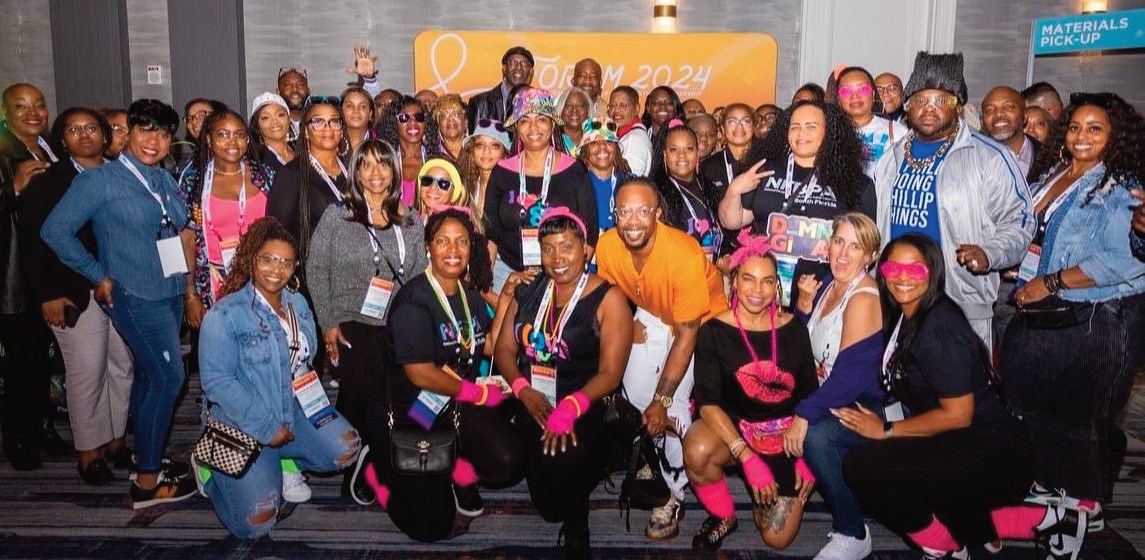
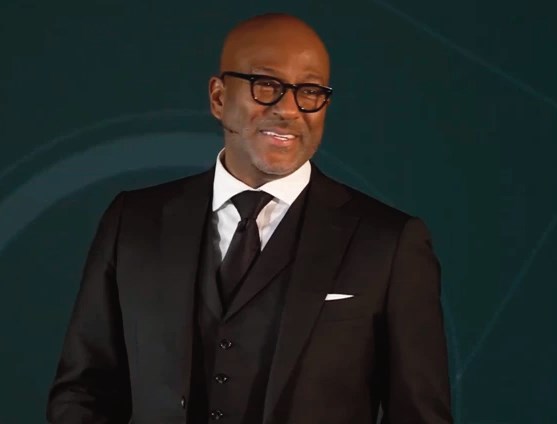
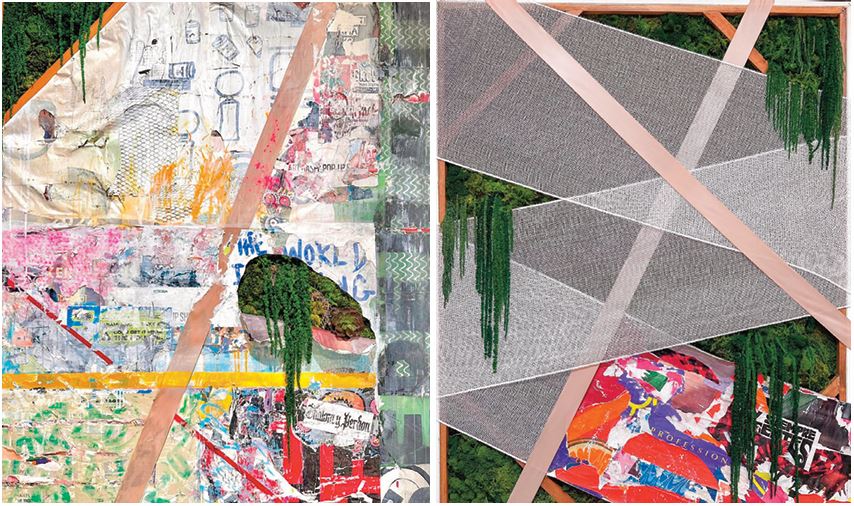



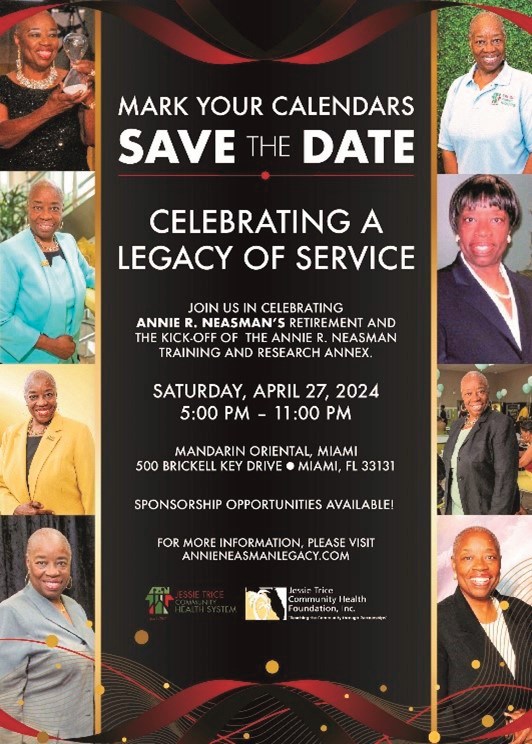
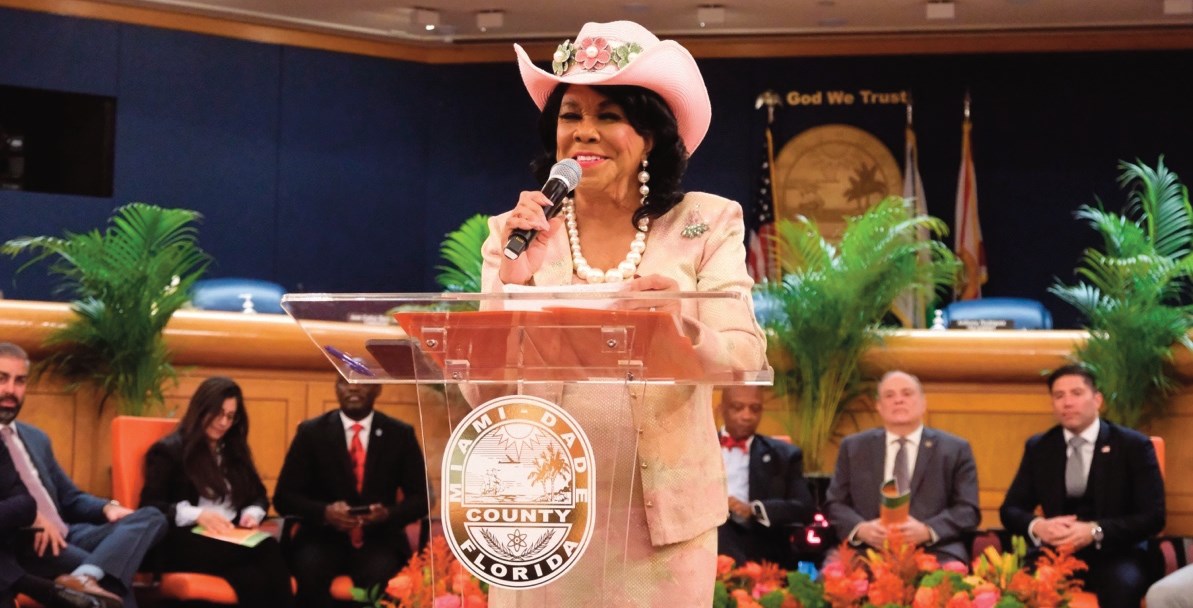



No Comment